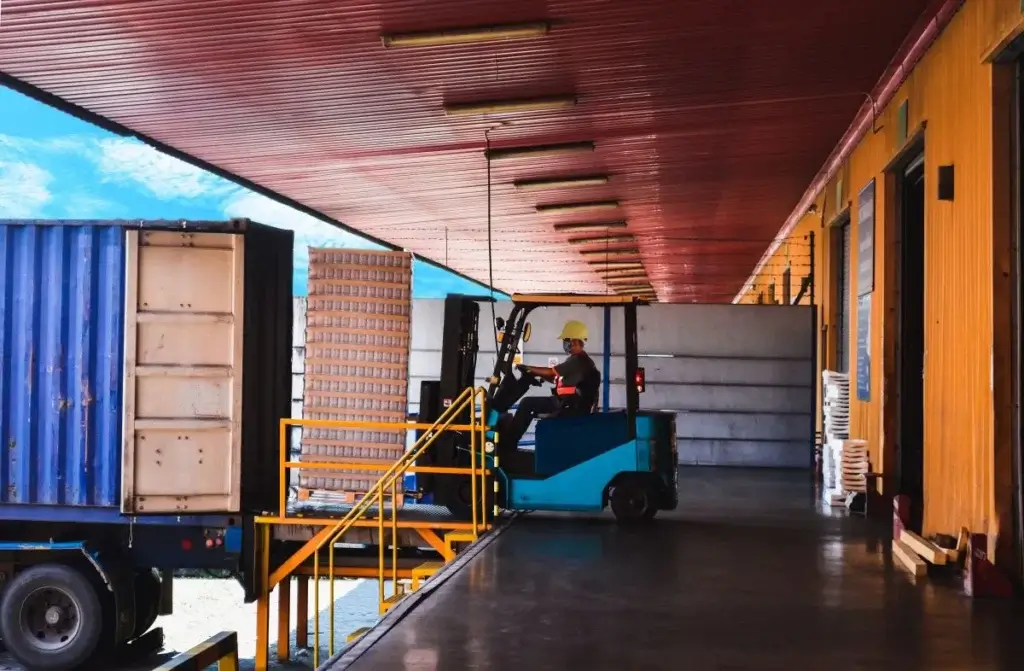The October data point to a mixed picture across Europe, with the eurozone’s manufacturing sector showing stagnation, while several southern economies maintained growth. The HCOB Eurozone Manufacturing PMI stood at 50.0, indicating no overall change in operating conditions.
Output increased modestly, but demand remained subdued and employment fell. Greece (53.5) and Spain (52.1) led the expansion, while Germany (49.6), France (48.8) and Austria (48.8) stayed in contraction.
The UK (49.7) and Poland (48.8) reported milder declines, both showing signs of bottoming out after months of weakness. The Netherlands (51.8) and Italy (49.9) hovered near stabilisation, with Italy on the cusp of recovery amid its strongest business confidence in more than a year.
Overall, October’s figures suggest that Europe’s industrial economy remains fragile but gradual improvement is taking hold, particularly in southern Europe. Persistent weak demand, especially in Germany and France, continues to weigh on the region’s overall performance.
Output rose modestly, but new orders were stagnant and employment declined. Factories continued to cut inventories while selling prices edged up for the first time since April.

HCOB Chief Economist Dr Cyrus de la Rubia described the eurozone’s recovery as “a very delicate sprout,” noting that “output has risen for eight consecutive months, but there is no real momentum.” He added that weak demand and job cuts continue to weigh on the sector, while “supply-chain uncertainties, especially around basic semiconductors, may have contributed to longer delivery times.”
Manufacturers remained cautiously optimistic about higher output over the next year, though expectations weakened slightly from September and remain below the historical average.
UK manufacturing expands for first time in a year but demand remains subdued
The UK’s manufacturing sector showed tentative signs of stabilisation in October, with the S&P Global UK Manufacturing PMI rising to a 12-month high of 49.7 from 46.2 in September. Output increased for the first time in a year, aided by restocking and the restart of production at Jaguar Land Rover following a cyber-attack.
Demand, however, remained weak. New orders fell for the 13th month and export sales declined again amid softer demand from the US, EU, Asia and the Middle East. Employment contracted for the 12th straight month, while input costs continued to rise, albeit at the slowest pace of 2025.
S&P Global’s Rob Dobson said production growth was “a positive in itself,” but warned that the rebound “could prove short-lived” given the temporary JLR effect and continued weakness in demand. He added that domestic fiscal uncertainty ahead of the forthcoming Budget could further pressure manufacturers.
Business confidence improved to an eight-month high, though optimism remains below the long-term average.
Germany’s manufacturing sector remains subdued as demand and optimism weaken
Germany’s manufacturing industry continued to tread water in October, with the HCOB Germany PMI inching up to 49.6 from 49.5. Output rose for an eighth consecutive month, led by the investment-goods sector, but new orders and exports stayed sluggish.
Falling backlogs and weak demand led firms to cut jobs for the 28th straight month. Companies continued to run down inventories, and purchasing activity declined. Input costs fell at the slowest pace in seven months, while output prices rose slightly, only the second increase in more than two years.
HCOB Junior Economist Nils Müller said the sector “continued to tread water,” adding that the recovery “remains fragile.” He cited customer caution, US tariffs and a sluggish construction sector as ongoing drags. Business expectations fell to their lowest level since December 2024.
Mixed fortunes across the rest of Europe
Elsewhere in Europe, manufacturing trends diverged. France (48.8) continued to shrink, though the pace of decline eased. HCOB’s Dr de la Rubia described the country as “in recession,” linking renewed weakness to political tensions and a sharp drop in future-output expectations.

Italy (49.9) edged close to stabilisation, marking its best reading in 14 months. Production returned to modest growth, supported by selective new sales and improving sentiment — the strongest in more than a year. However, export demand from France and Germany remained weak, and firms cut prices to stay competitive.
In Spain (52.1), growth strengthened for a sixth straight month, driven by domestic demand even as exports fell again. Companies increased purchasing activity to the highest level in nearly a year, but staffing levels dipped slightly. HCOB’s Jonas Feldhusen said that while the outlook is brightening, “political instability in France” and new trade barriers are weighing on exporters.
The Netherlands (51.8) also expanded, though growth slowed as output and new orders lost momentum. Export demand improved modestly from neighbouring markets, but job numbers fell for the first time in five months. ABN AMRO’s Albert Jan Swart noted a growing divide between high-tech manufacturers benefiting from machinery demand and energy-intensive industries struggling with high costs and plant closures.
Outside the eurozone, Poland (48.8) showed tentative stabilisation, recording its smallest fall in output and new orders in six months. Input buying rose for the first time in five months, and optimism reached its highest level since March. Falling input costs helped ease inflationary pressure, though weak demand continued to squeeze margins.

What the PMI shows
The Purchasing Managers’ Index (PMI) is a monthly survey of manufacturing companies compiled by S&P Global (and by HCOB for the eurozone). A reading above 50 signals expansion, while below 50 indicates contraction. Because the PMI captures real-time business activity, it offers an early gauge of industrial trends ahead of official statistics.









